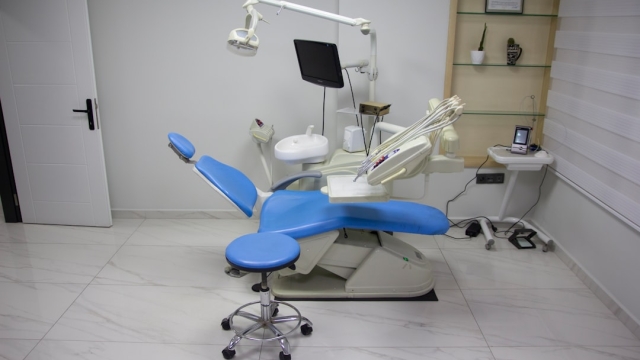
### Overview of Design Thinking Methodologies
Design thinking is a human-centered approach to problem-solving and innovation that emphasizes understanding the needs of users, redefining problems, and creating innovative solutions. At its core, design thinking encourages a deep empathy for users and fosters collaboration across disciplines. This overview explores various design thinking methodologies, their significance, and practical steps for implementation.
#### Defining Design Thinking
Design thinking is a methodology that blends both analytical and creative approaches to address complex challenges. It involves five key phases: Empathize, Define, Ideate, Prototype, and Test. This iterative process helps teams frame problems effectively and generate solutions that resonate with users.
#### Importance of Design Thinking Methodologies
The methodologies for design thinking provide structured frameworks that guide teams through the design thinking process. These methodologies encourage collaboration, open-mindedness, and experimentation, which are essential for fostering innovation. By employing these methodologies, organizations can create products and services that better meet user needs, ultimately leading to higher satisfaction and loyalty.
#### Key Phases of Design Thinking Methodologies
1. Empathize: The first phase involves gaining a deep understanding of the users’ experiences, challenges, and needs. Techniques such as interviews, observations, and immersive experiences are used to gather insights directly from users. This phase is crucial as it grounds the design process in real-world contexts.
2. Define: In this phase, the insights gathered during the empathize stage are synthesized to define the core problem. Teams formulate a clear problem statement that reflects the users’ needs and challenges. A well-defined problem statement serves as a guiding star for the subsequent phases of the design thinking process.
3. Ideate: The ideation phase is characterized by brainstorming and the generation of a wide range of ideas and potential solutions. This stage encourages creativity and exploration without judgment. Techniques such as mind mapping, sketching, and brainstorming sessions are commonly employed to stimulate innovative thinking.
4. Prototype: Prototyping involves creating tangible representations of ideas Learn more about design thinking methodologies. Prototypes can range from low-fidelity sketches to high-fidelity models, depending on the stage of development. The goal is to bring concepts to life, allowing teams to visualize and test their ideas in a tangible way. Prototyping also facilitates early feedback from users, which is essential for refining solutions.
5. Test: The testing phase involves gathering feedback from users on the prototypes. This iterative process allows teams to observe how users interact with their designs, identify pain points, and gather insights for improvement. Testing often leads to further refinement of the solution and may cycle back through previous phases to ensure that the final product effectively addresses user needs.
#### Examples of Design Thinking Methodologies in Action
Numerous organizations have successfully implemented design thinking methodologies to drive innovation. For instance, a healthcare provider may use design thinking to improve patient experiences by conducting interviews with patients and staff, defining specific challenges in the patient journey, brainstorming solutions such as streamlined check-in processes, creating prototypes of new service models, and testing these with actual patients.
Another example can be found in the education sector, where institutions might apply design thinking methodologies to enhance learning experiences. By engaging students in the empathize phase to understand their educational challenges, schools can develop tailored solutions, such as interactive learning environments that foster collaboration and engagement.
#### Practical Steps for Implementing Design Thinking Methodologies
To effectively implement design thinking methodologies, teams can follow these practical steps:
1. Assemble a Diverse Team: Bring together individuals from various backgrounds and disciplines to encourage diverse perspectives and ideas.
2. Create a Safe Space for Creativity: Establish an environment where team members feel comfortable sharing ideas without fear of criticism.
3. Conduct User Research: Engage with users through interviews, surveys, and observations to gather valuable insights into their needs and experiences.
4. Facilitate Collaborative Workshops: Organize brainstorming sessions and workshops to foster collaboration and idea generation.
5. Iterate and Refine: Embrace an iterative approach, allowing for continuous testing and refinement of ideas based on user feedback.
6. Document and Share Learnings: Keep track of insights and outcomes throughout the process, sharing learnings with the broader organization to foster a culture of innovation.
Conclusion
Design thinking methodologies provide a robust framework for fostering innovation and addressing complex problems. By prioritizing empathy, collaboration, and iterative testing, organizations can create solutions that resonate with users and drive meaningful change. Implementing these methodologies not only enhances creativity but also leads to more effective and user-centered products and services.


















